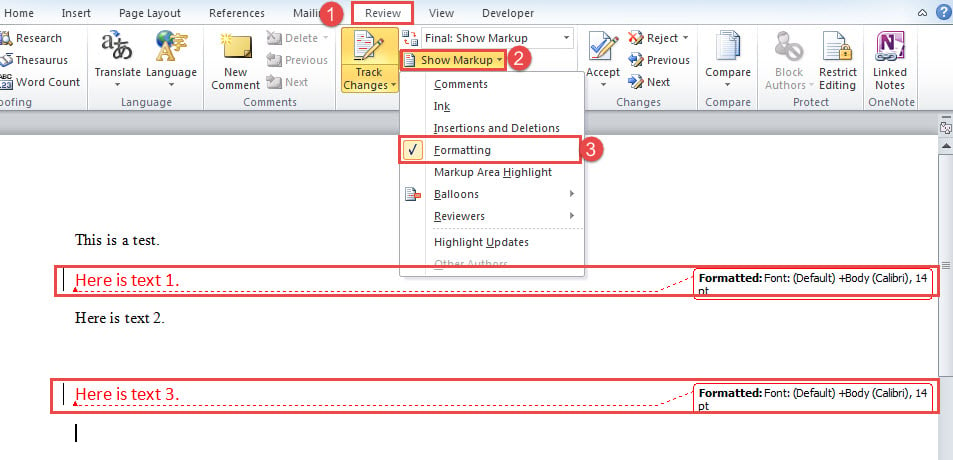

Semicolons are often used instead of commas in many European locales in order to use the comma as the decimal separator and, possibly, the period as a decimal grouping character. Many applications that accept CSV files have options to select the delimiter character and the quotation character. This loose terminology can cause problems in data exchange. A delimiter guaranteed not to be part of the data greatly simplifies parsing.Īlternative delimiter-separated files are often given a ".csv" extension despite the use of a non-comma field separator. These include tab-separated values and space-separated values. The term "CSV" also denotes several closely-related delimiter-separated formats that use other field delimiters such as semicolons. Some implementations disallow such content while others surround the field with quotation marks, which yet again creates the need for escaping if quotation marks are present in the data.

Separating fields with commas is the foundation, but commas in the data or embedded line breaks have to be handled specially. The CSV file format is not fully standardized. A CSV file typically stores tabular data (numbers and text) in plain text, in which case each line will have the same number of fields. The use of the comma as a field separator is the source of the name for this file format. Each record consists of one or more fields, separated by commas. ( Learn how and when to remove this template message)ĭatabase information organized as field separated listsĪ comma-separated values ( CSV) file is a delimited text file that uses a comma to separate values.

All the formatting tracked changes are gone! Now, click Show Markup again and turn on the option to see the Insertions and Deletions.( Note: This option is grayed out under normal circumstances - you have to select or deselect something on the Show Markup list to get it to display.)

Click the arrow immediately below the Accept icon.You should now only see the formatting tracked changes. Turn off Insertions and Deletions, Comments, and any other options that you use - just leave Formatting turned on.Here’s how a document can look with all changes showing - I’ve seen documents much more cluttered than this: Because this has been annoying me, I went looking to see if I could just accept the formatting changes - and I can! And it’s really easy… once you know how! But I really just want to accept the formatting changes and NOT the text changes - and I didn’t think I could do that. When I get the document for final QA review, one of the first things I do is accept all changes in the document. I’ve been working on lots of long documents, each with multiple authors and multiple review cycles.


 0 kommentar(er)
0 kommentar(er)
